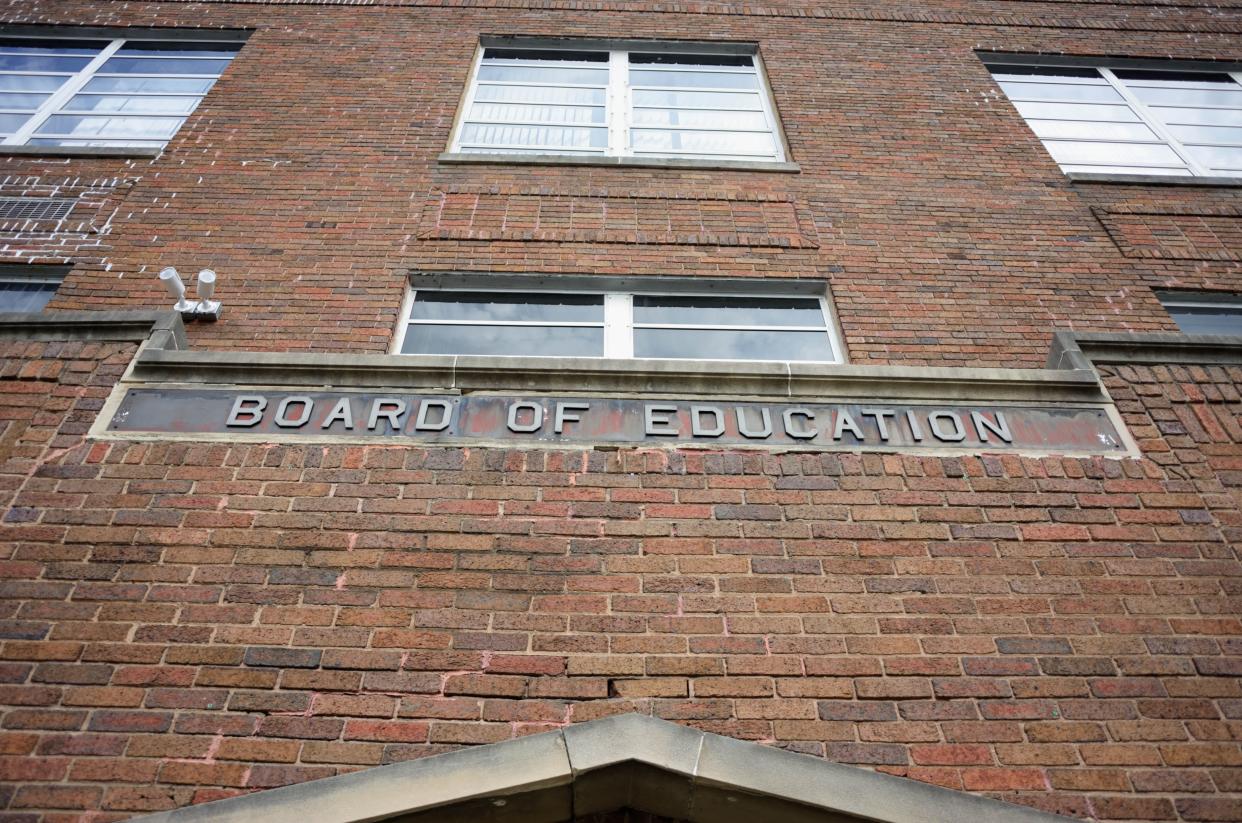Board member: Here are Tulsa Public Schools achievements no one is talking about

In the middle of this oppressively hot summer comes the threat of a possible hostile takeover of Tulsa Public Schools in lowered or loss of accreditation or probation. This could result in the removal of the superintendent and the locally, democratically elected board that governs the district of 33,211 students and more than 5,000 employees.
If the Oklahoma State Department of Education assumes control of Tulsa Public Schools, it could cause a severe negative economic impact to the city of Tulsa and, more importantly, negatively impact Tulsa students and families.
My investment in the Tulsa district runs deep. I am vice chairman of the board, parent of a Tulsa district son, son of a Tulsa district graduate. I taught and coached in the Tulsa district for 12 years before becoming a small business owner, like the four generations of my family that have been in Oklahoma since statehood.
Often, what residents don't see about governing schools is the most important but often not headline grabbing. It's about listening to our school communities and focusing on student outcomes.
When I first ran for the Tulsa district board three years ago, I had no idea the details of what board members did. In Oklahoma, school board members are not paid, and we come from many different backgrounds. I discovered every board member wanted to help students.
After joining the board, I found there wasn’t a framework to demonstrate governance and to really support students. The focus was largely on what the administration determined was important. That changed.
With the rest of my (elected) Tulsa board members, we transformed how we did business. That took us to Texas, which had instituted a student-outcomes governance model in all its public schools. We adopted that structure.
The first action was going to Tulsans to ask what they thought students needed to know and what was important to them. This input was through public meetings throughout the city, online surveys and other outreach. We took that feedback with new board training and spent a year developing a strategic plan and more effective board meetings.
More: Why is Tulsa on Oklahoma schools Superintendent Ryan Walters’ mind?
The strategic plan includes specific, smart goals and guardrails for students and schools. More than half our meetings are spent monitoring the district's progress toward those goals, particularly around kindergarten to eighth-grade reading proficiency and college- and career-readiness metrics.
Superintendent Deborah Gist even changed her contract to be evaluated more heavily on how students meet those goals.
What happened next has not received media attention, social media shares or any acknowledgement from Tulsa Public Schools critics.
After the plan and board meetings were implemented, the entire district experienced above-expected results in reading proficiency and growth in all elementary and middle school student subgroups. Every grade hit above their expectations.
Our high school students were given more access to classes in every school, such as Tulsa Community College programs, for students to graduate with an associate's degree with their high school diploma. An even bigger expansion happened with Tulsa Tech courses in our schools, including a new aerospace program that works directly with local aviation industries.
Another addition was to create student apprenticeships at businesses for them to gain work experience during the school day.
The Tulsa district is made up of 78 schools and charter school partners. The district tailored the programs differently at each school based on input from their communities. If a student wants a course unavailable in their school, pathways were created for students to attend programs in other schools.
All of this was made possible by the school board, district and community working together. This process broadened opportunities for Tulsans to volunteer and mentor students. It's enabled more religious congregations and businesses to work with our students even more than what the district by itself could offer.
Here is what I saw: When Tulsans work together for the betterment of our students, we are able to create amazing outcomes for our students. Tulsans are diverse and welcoming to everyone.
What Tulsa Public Schools and the city needs is the support of the Oklahoma State Department of Education and the local control to continue tailoring student needs to our community. Tulsans are already working together to improve how our students are performing.
Imagine if the Education Department was supporting every Oklahoma school district by creating student outcomes tailored by each local community. The agency could focus on student outcomes, support teachers, help students and add counselors who would address increases in childhood trauma and learning challenges.
It is that kind of approach that would attract more businesses and make Oklahoma a more desirable place for families to relocate.
Let’s turn this into a win for not just Tulsa students, but for every student across Oklahoma by supporting local control of schools.

John Croisant represents Tulsa Public Schools District 5.
This article originally appeared on Oklahoman: Guest columnist: The facts you don't hear about Tulsa Public Schools

